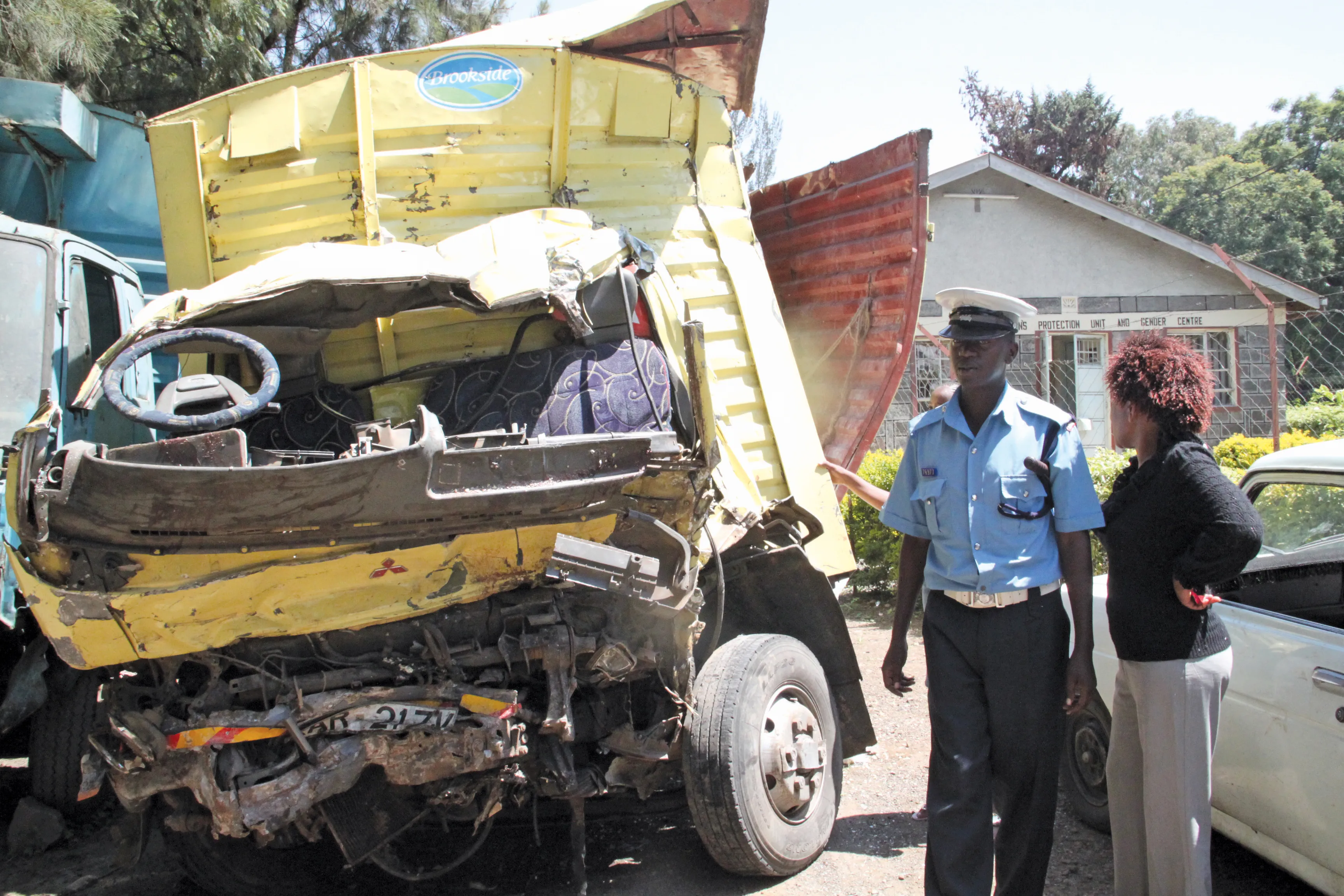Ecuador’s shocking high road fatality rate is giving cause for concern. Official statistics compiled by the World Health Organisation (WHO) suggest that Ecuador is second only to Venezuela in Latin America with regard to fatalities on the road network. The WHO figures show that Ecuador has an average of 28 deaths/100,000 inhabitants from road crashes, well above the global average of 18 deaths/100,000 inhabitants. Only Venezuela’s even more startling figure of 37 deaths/100,000 inhabitants is higher in Lati
June 21, 2013
Read time: 2 mins
Ecuador’s shocking high road fatality rate is giving cause for concern. Official statistics compiled by the 3263 World Health Organisation (WHO) suggest that Ecuador is second only to Venezuela in Latin America with regard to fatalities on the road network. The WHO figures show that Ecuador has an average of 28 deaths/100,000 inhabitants from road crashes, well above the global average of 18 deaths/100,000 inhabitants. Only Venezuela’s even more startling figure of 37 deaths/100,000 inhabitants is higher in Latin America. The report is based on 2010 data however and Justicia Vial, believes that the figure would be 32.4 deaths/100,000 inhabitants in Ecuador and 23 deaths/100,000 inhabitants as the average for Latin America if more recent statistics were used. Injuries from road traffic crashes are the main cause of death for children aged 5-14 and the second highest cause of death for people aged from 15-44. Ecuador's National Transit Agency (ANT) has also revealed that 50.09% of accidents could be attributed to either inexperience or careless driving. A further 13.2% are caused by a disregard for regulations, 12.31% by excessive speed, 9.73% by drinking, 7.69% by external conditions and 6.99% by the carelessness of others. The toll is particularly heavy on pedestrians, motorcyclists and cyclists and the latest information shows that the risk is by no means abating, with 308 people killed in road traffic crashes between January and February 2013.






